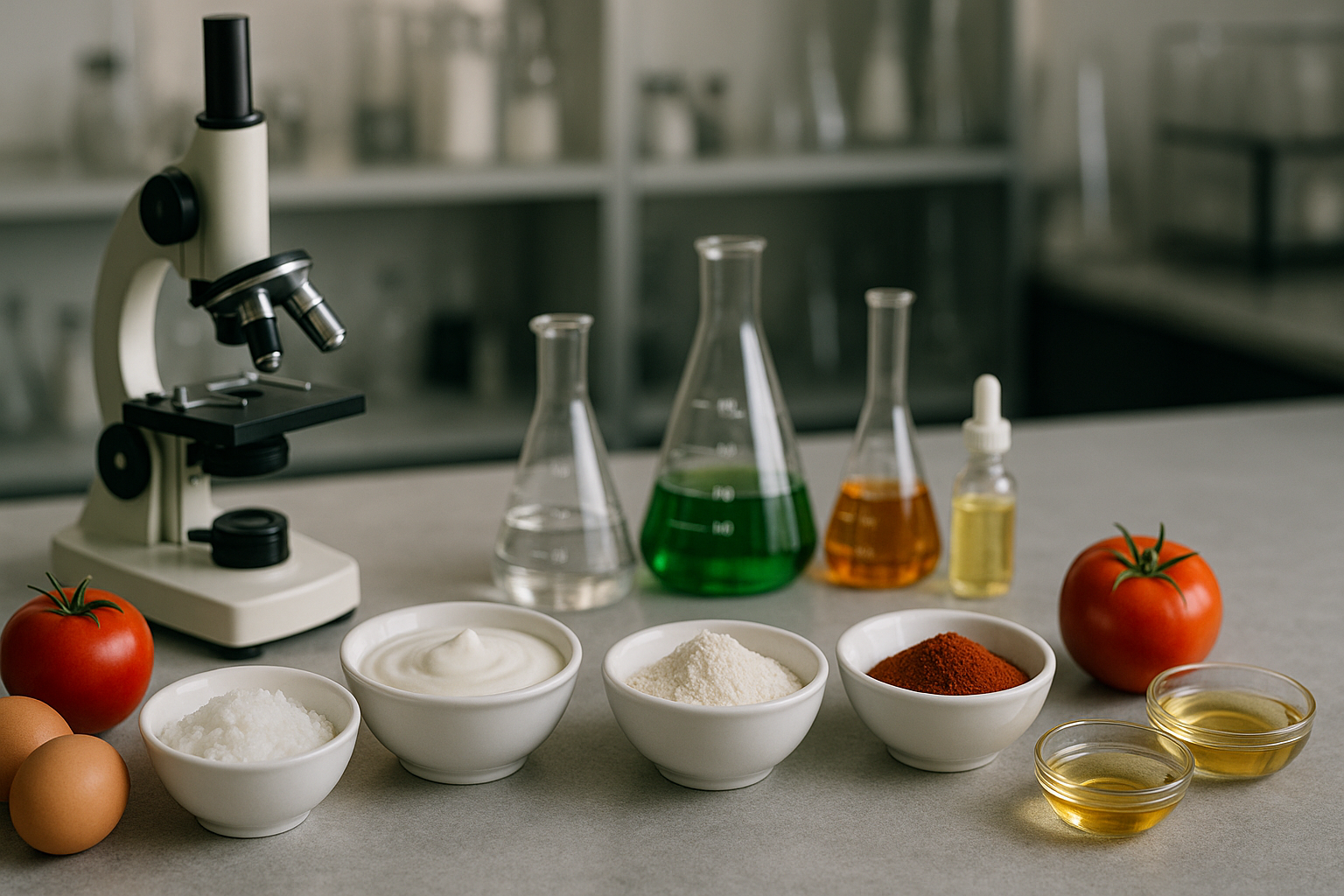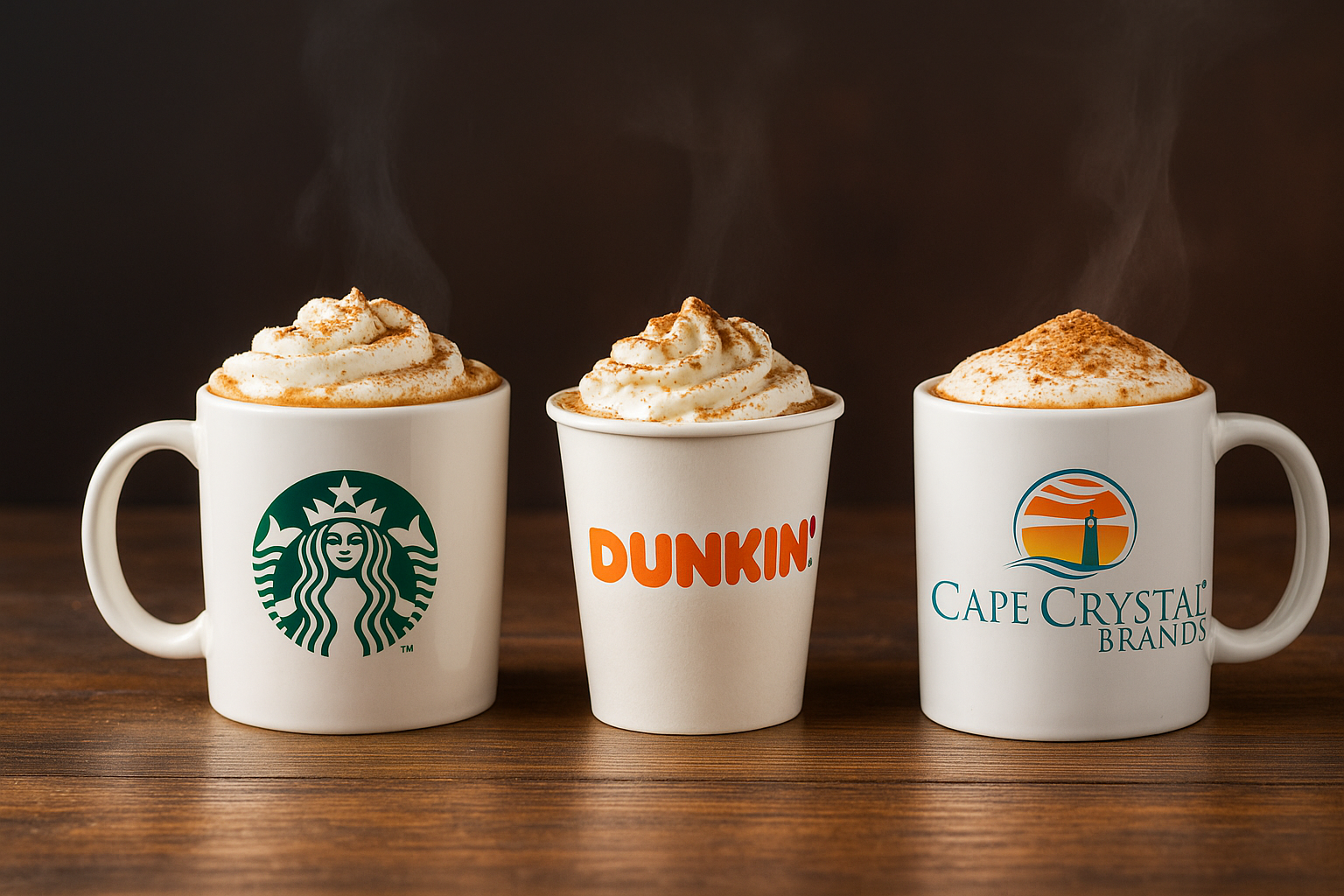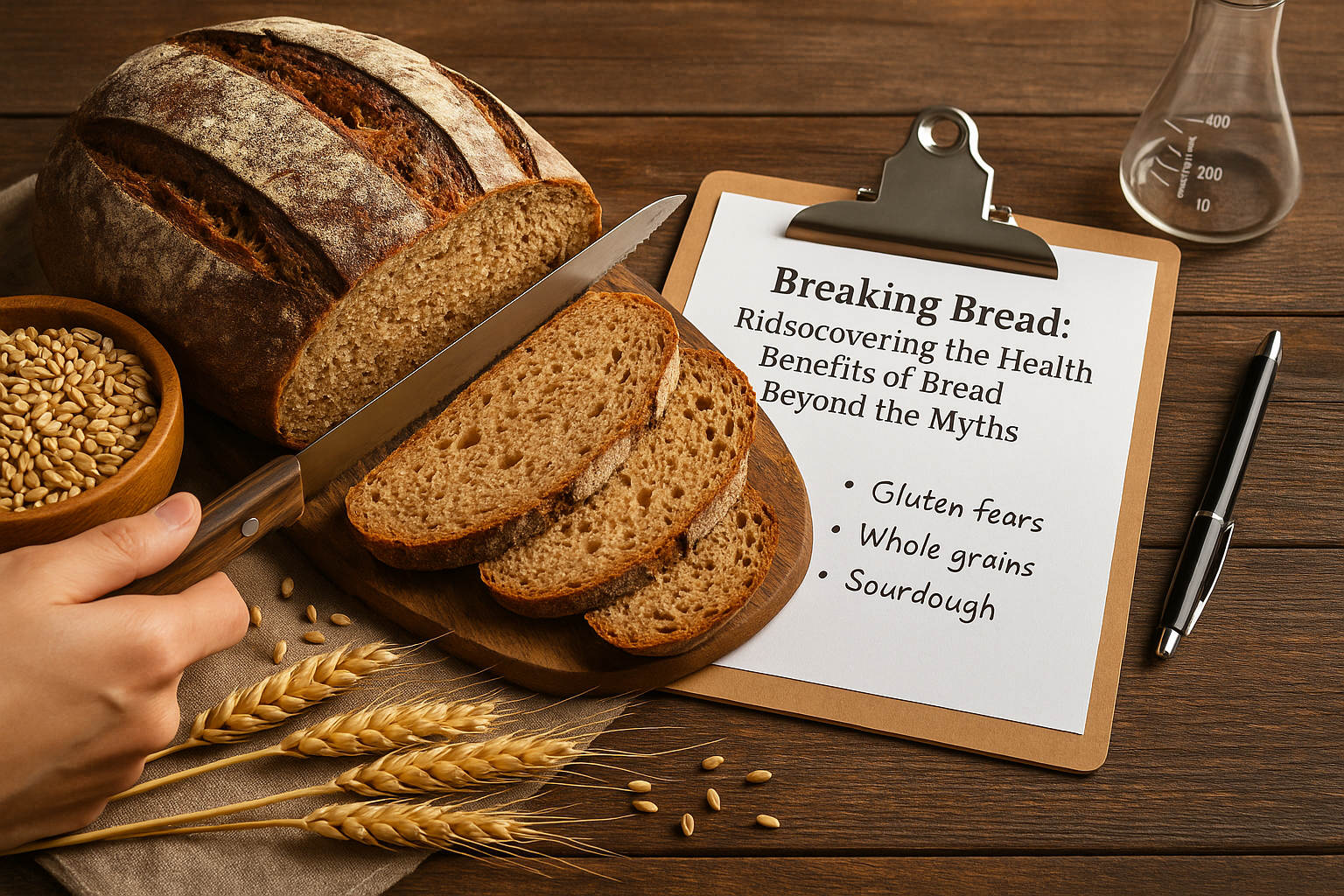
Hydrocolloid: Locust Bean Gum
SUBSCRIBE TO OUR BLOG
Promotions, new products, and recipes.
Locust Bean Gum: The Carob Seed's Gift to the Food Industry
Locust Bean Gum (LBG), also known as carob gum, is a galactomannan polysaccharide derived from the seeds of the carob tree (Ceratonia siliqua). This natural gum has found its way into a plethora of applications due to its unique thickening and stabilizing properties. But what is the science behind this versatile gum, and how has it become an integral part of various industries?
Historical Context
The carob tree, native to the Mediterranean region, has been cultivated for thousands of years. Its seeds, from which LBG is extracted, were historically used as a measure for gold, giving rise to the term 'carat'1.
The Science Behind Locust Bean Gum
LBG is primarily composed of mannose and galactose sugars2. Its ability to form high-viscosity solutions, even at low concentrations, and its synergistic gelling behavior with other hydrocolloids like xanthan gum and kappa carrageenan, make it a valuable ingredient in various formulations3.
Extraction and Refinement
The extraction of LBG involves a series of steps starting with the removal of the seed's outer husk, followed by milling and sieving to obtain the endosperm. This endosperm is then subjected to a solvent extraction process to yield the final LBG product4.
A Versatile Ingredient
LBG's multifunctionality is evident in its diverse applications:
-
Culinary Uses: Commonly used as a thickening and stabilizing agent in sauces, ice creams, and baked goods5.
-
Pharmaceuticals: Employed as a binder and disintegrant in tablet formulations6.
-
Cosmetics: Incorporated in lotions and creams for its stabilizing and texturizing properties7.
How Locust Bean Gum is Used in Food Recipes
Locust Bean Gum (LBG) is a versatile ingredient used in various recipes to enhance texture, stabilize emulsions, and improve mouthfeel. The proportions of LBG used in recipes can vary based on the desired outcome and the specific application. Here's a general guideline on how LBG is used in different recipes:
-
Ice Cream and Frozen Desserts:
- Proportion: 0.1% to 0.3% of the total weight.
- Purpose: Prevents ice crystal formation, improves texture, and provides a creamy mouthfeel.
-
Sauces and Dressings:
- Proportion: 0.1% to 0.5% of the total weight.
- Purpose: Acts as a thickener and stabilizer, ensuring a smooth and consistent texture.
-
Bakery Fillings and Toppings:
- Proportion: 0.2% to 0.7% of the total weight.
- Purpose: Provides stability, ensures a consistent texture, and prevents syneresis (liquid separation).
-
Jellies and Gel-based Desserts:
- Proportion: 0.5% to 1.5% of the total weight.
- Purpose: Helps in gel formation, especially when used in combination with other hydrocolloids.
-
Dairy Products (like Yogurt and Cheese):
- Proportion: 0.05% to 0.2% of the total weight.
- Purpose: Improves texture, prevents whey separation, and enhances mouthfeel.
-
Soups and Broths:
- Proportion: 0.1% to 0.5% of the total weight.
- Purpose: Acts as a thickener, providing a richer consistency.
-
Vegan and Vegetarian Gelatin Alternatives:
- Proportion: 0.5% to 1.5% of the total weight.
- Purpose: Provides a gel-like consistency without the use of animal-derived gelatin.
-
Beverages (like Plant-based Milk):
- Proportion: 0.05% to 0.2% of the total weight.
- Purpose: Stabilizes the emulsion and prevents separation.
It's essential to note that the exact proportions can vary based on the specific recipe, other ingredients used, and the desired final product's texture and consistency. Additionally, LBG often works synergistically with other hydrocolloids, like kappa-carrageenan or xanthan gum, which can influence the proportions used. Always refer to the specific recipe or manufacturer's guidelines when using LBG in culinary applications.
Global Production and Leading Entities
Spain, Italy, and Portugal are among the leading producers of carob, the primary source of LBG. Companies such as CP Kelco, Cargill, and FMC Corporation are major players in the LBG industry8.
Beyond Food and Pharmaceuticals
LBG's potential extends to other sectors, including the pet food industry and textile printing, where it's used as a thickening agent9.
Conclusion
Locust Bean Gum stands as a testament to nature's ability to provide versatile and functional ingredients. Its journey from the Mediterranean carob seeds to global industries underscores its unparalleled functionality and adaptability. As research continues to explore its potential, LBG's role in various sectors is set to expand, promising innovative applications in the future.
For further reading: Pectin
References:
Footnotes
-
Yousif, A.K., & Alghzawi, H.M. "Processing and characterization of carob powder." Food Chemistry, 2000. ↩
-
BeMiller, J.N. "Galactomannans." Carbohydrate Chemistry for Food Scientists, 2019. ↩
-
Phillips, G.O., & Williams, P.A. ""Handbook of Hydrocolloids." Woodhead Publishing, 2009. ↩
-
Glicksman, M. "Gum Technology in the Food Industry." Academic Press, 1969. ↩
-
Dickinson, E. ""Hydrocolloids at interfaces and the influence on the properties of dispersed systems." Food Hydrocolloids, 2003. ↩
-
Aulton, M.E., & Taylor, K.M.G. "Aulton's Pharmaceutics: The Design and Manufacture of Medicines." Elsevier Health Sciences, 2017. ↩
-
Schramm, L.L. "Encyclopedia of Emulsion Technology." Marcel Dekker, 1983. ↩
-
Imeson, A. "Food Stabilisers, Thickeners and Gelling Agents." Wiley-Blackwell, 2009. ↩
-
Davidson, R.L. "Handbook of Water-Soluble Gums and Resins." McGraw-Hill, 1980.


|
About the Author Ed is the founder of Cape Crystal Brands, editor of the Beginner’s Guide to Hydrocolloids, and a passionate advocate for making food science accessible to all. Discover premium ingredients, expert resources, and free formulation tools at capecrystalbrands.com/tools. — Ed |
Enjoyed this post? Subscribe to The Crystal Scoop
Food-science tips, ingredient know-how, and recipes. No spam—unsubscribe anytime.
- Choosing a selection results in a full page refresh.



